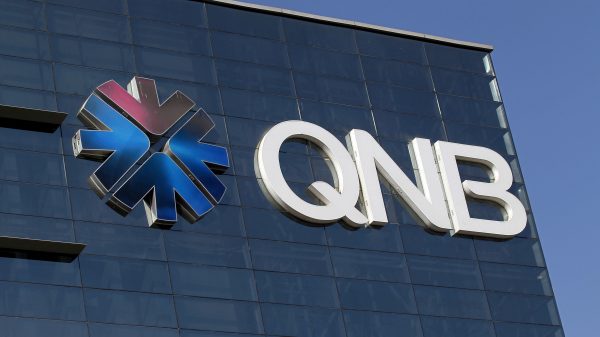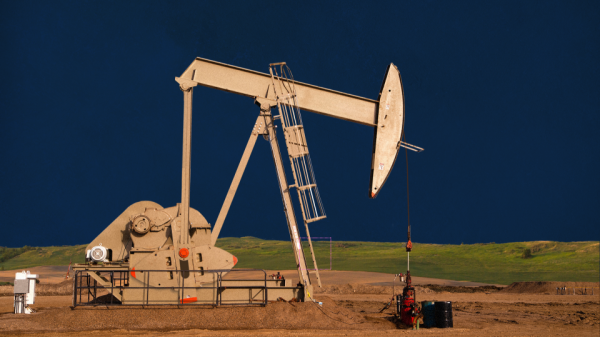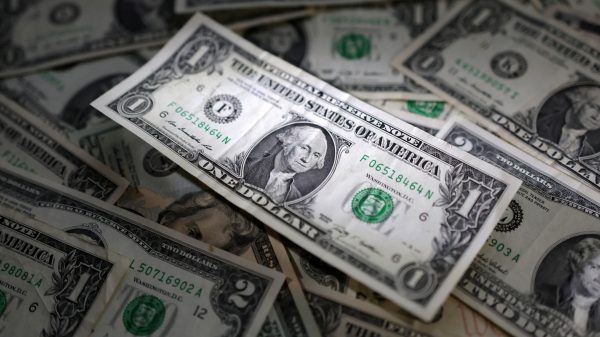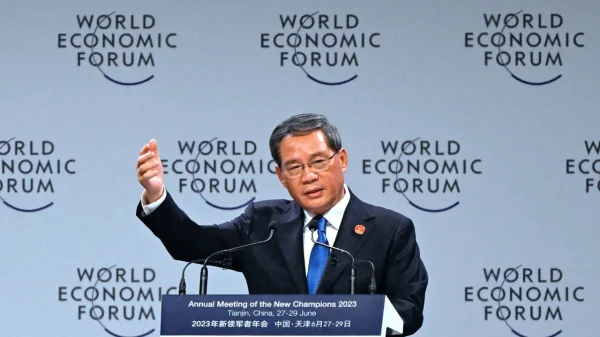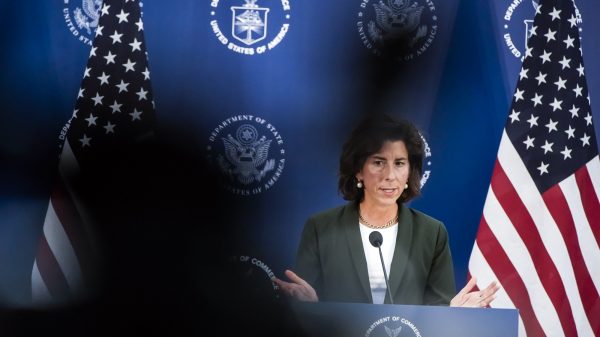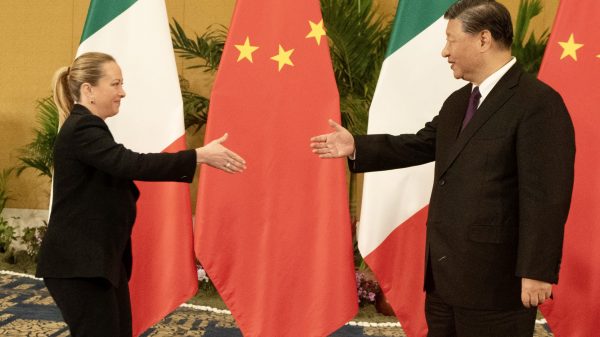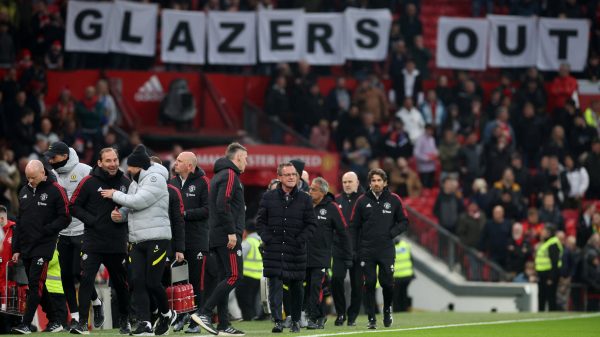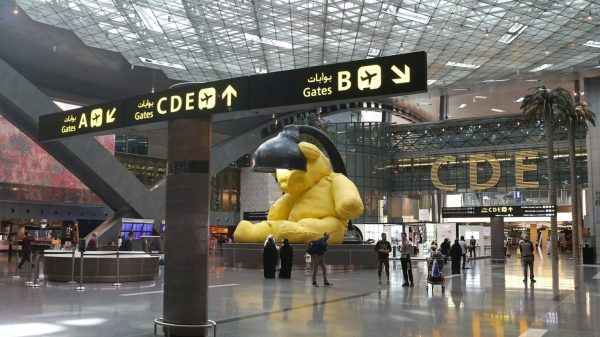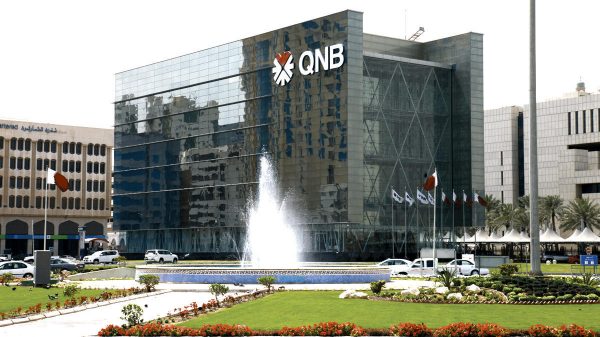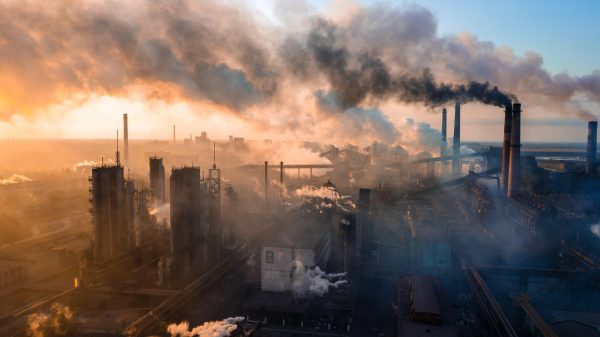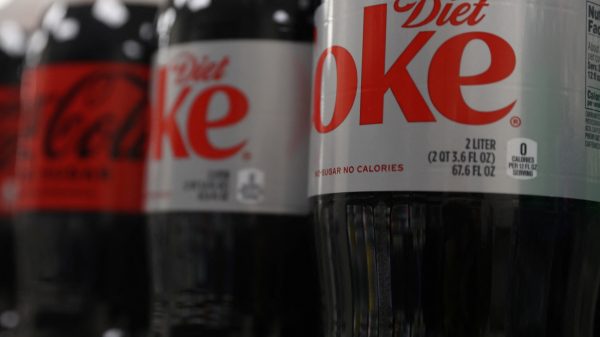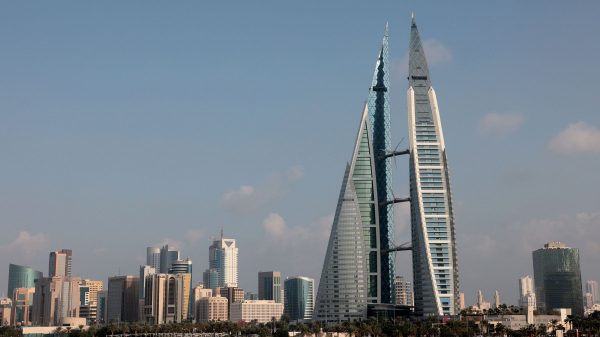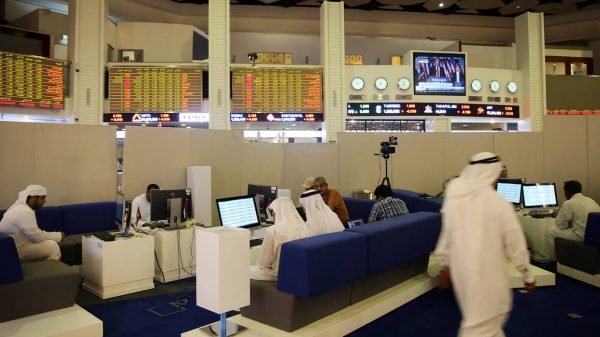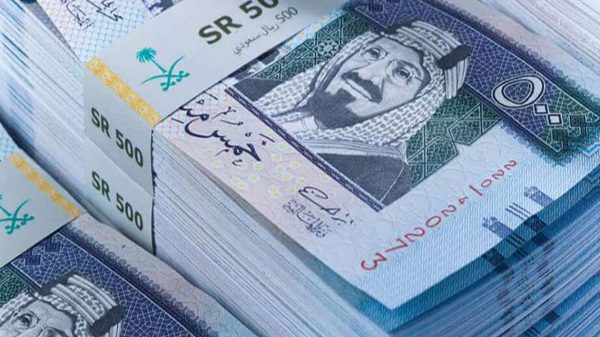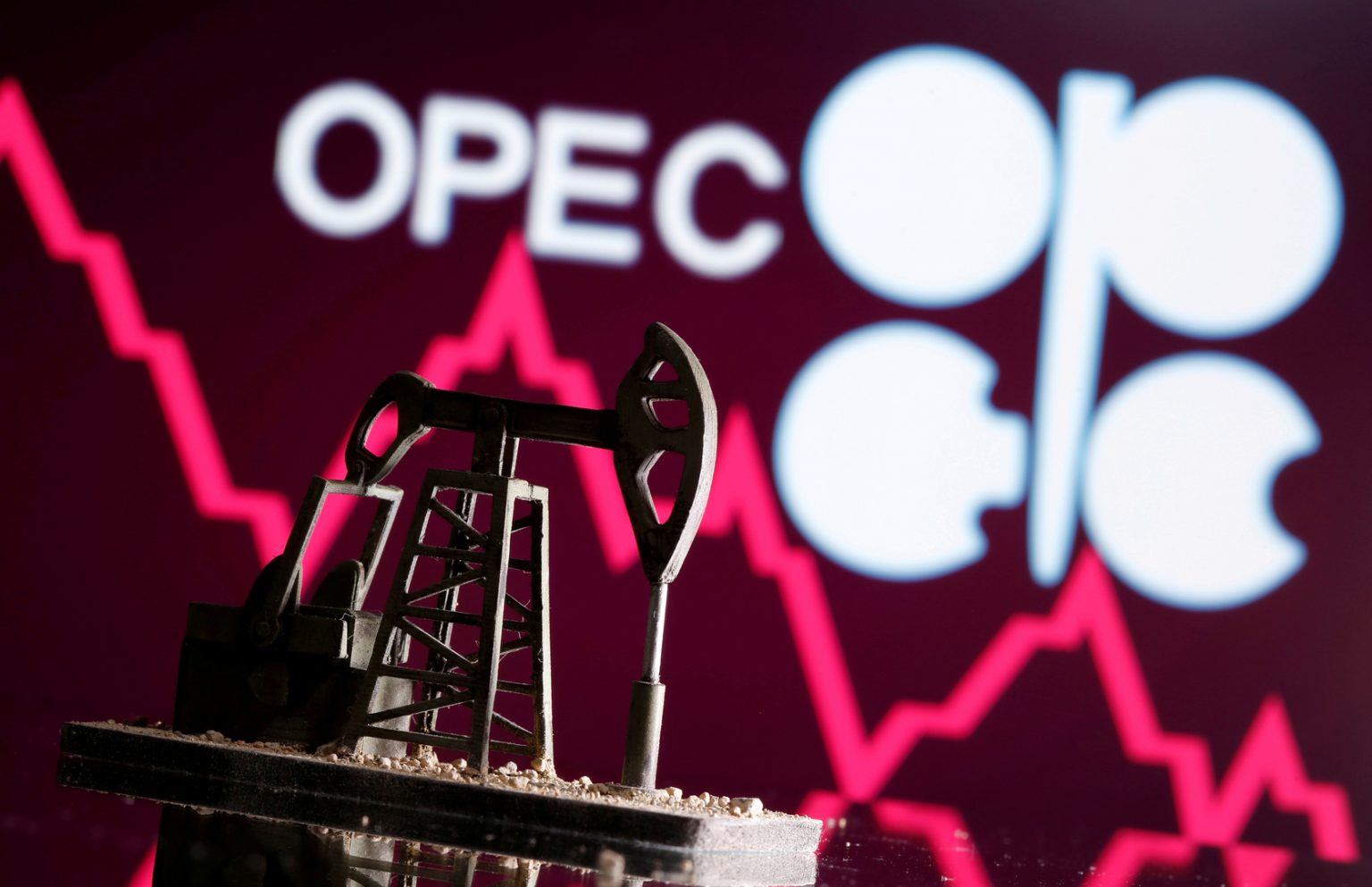Oil prices are heading towards a weekly loss that is the fourth of its kind in the past five years as Coronavirus cases in major countries including India has been on the rise. This casts a shadow on energy demand.
At the same time, Organization of the Petroleum Exporting Countries and its allies (OPEC+) plans to add millions of barrels to its production, which would flood the markets.
This week witnessed increasing daily cases of Coronavirus in India, while Japan re-imposed some restrictions. Canada, as well, imposed set of new restrictions.
Meanwhile, Saudi Energy Minister Abdulaziz bin Salman defended OPEC+’s move to increase production until next July. He acknowledged the flexibility to amend this plan if necessary.
Crude oil has traded in a narrow range of about $60 a barrel since mid-March as vaccination programs have increased.
OPEC+ plan to re-produce more than 2 million barrels per day of supplies for the coming months.
Moreover, there are concerns about the return of Iranian barrels of oil as well amid negotiations over its nuclear program and US sanctions.
Oil prices
West Texas Intermediate crude for May delivery fell 0.2% to $59.50 a barrel on the New York Mercantile Exchange at 1:56 pm in Singapore.
In June, Brent crude fell 0.4% to $62.98 a barrel on the ICE Futures Exchange.
In India, cases of COVID-19 recorded high daily rates, which impeded the demand for oil in the third largest importer in the world.
Japan is set to re-impose restrictions in Tokyo, Kyoto and Okinawa with the aim of curbing the rapid spread of the virus, just three weeks after ending the state of emergency in the capital.
OPEC+’s plan envisages a phased return to production during the three months ending in July, with the alliance easing collective restrictions and Saudi Arabia canceling its additional unilateral cut. The organization will update its global supply and demand forecasts in a monthly report next Tuesday.
Oil prices have declined this week, as the Brent crude core structure has shown signs of strength.
The immediate time range for the global benchmark was 51 cents a barrel, down from 6 cents at the start of last week.
Daniel Hynes, a senior commodities strategist at Australia and New Zealand Banking Group Ltd, said that, the signals are still very mixed. Rising infections and renewed lockdowns are keeping the market on alert. However, the curve is lagging, bonuses are rising and stocks are falling.



